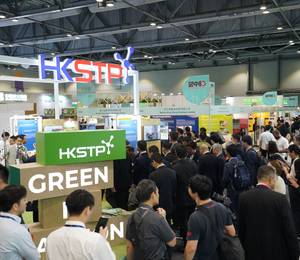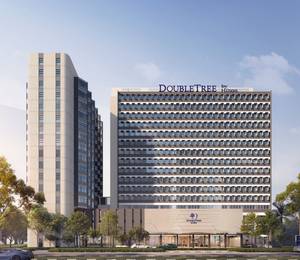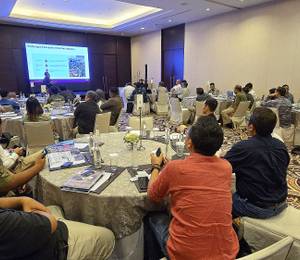Text and photos courtesy of ASSA ABLOY Opening Solutions.
The ongoing pandemic has led to extreme levels of stress and anxiety which has shone a spotlight on patient experience in healthcare. What should be a safe place of healing, has in many cases been leading to an increase in negative emotions and wellbeing. With health systems under pressure yet again, it calls for a rethink of health facilities and smart hospital design.
What is Patient Experience in Healthcare?
Patient experience is the total experience of anyone admitted to health facilities and begins from the moment they enter the door. According to JLL’s 2021 Healthcare Real Estate Outlook, what patients cared about most were cleanliness, safety, and ease of access. This includes accessibility for those who can’t open doors, and those who shouldn’t touch anything at all. It also highlighted a stark preference for nearby health facilities, with 83 percent of patients surveyed preferring to visit the closest one, rather than driving further to one newly built or renovated.
Future Trends in Healthcare Facility Design
This has led to human-centred design in healthcare that prioritises patients, with architects and developers noticing many similarities between “consumer-friendly” retail concepts and patient-first smart hospital designs.
Patient-first Smart Hospital Design
In an effort to ease anxiety and focus on patient experience, hospital rooms are becoming smarter and extremely personalised. Room design, for example, is accounting for more wearable tech and integrated technology that the patient can use to control room settings including lights and heating, ventilation, and air-conditioning (HVAC).
Digital signage syncs with electronic health records (EHR) to display real-time information outside of the patient’s room, including their name, physician, infections, and risks to note in their care. It helps notify visitors of protocol to ensure easing anxiety for patients and keep track of visiting individuals with real-time location systems (RTOS), while in sync with centralised management systems.
New Technology and Data
COVID has made us more aware of the environment around us. With smart technology enhancing patient experience in terms of cleanliness and ease of access, successful hospitals internationally feature large open lobbies with light-coloured wood ceilings and warm white floors and walls. These spaces aren’t just stunning and pleasant – but also function as overflow for emergency departments, and all materials are cleanable and durable.
Automating hospital entrances with touchless doors further manages efficient flows of patients, crews, and goods to prevent overcrowding and ensure social distancing even in times of crisis.
Healthcare of tomorrow: Community and Daily Life Integration
Health facilities have been increasingly at the centre of local communities for close proximity to patients due to preferences for visiting the nearest location. On top of that, telehealth gained huge momentum during the pandemic, allowing patients to access healthcare from the comfort of their homes. These trends are likely to continue, casting more importance on the design of healthcare facilities and how they integrate locally to attract people.
Leading up to the pandemic, holistic wellness and fitness focused on nutritional counselling, and rehab services were particularly in vogue. While this has certainly slowed down, integrating health facilities with the latest consumer trends in wellbeing is crucial.
With the world collaborating throughout the pandemic and growing medical data access, health facilities in local communities will become expansions of a sophisticated global medical network. Not only offering traditional western-style medicine, but local health facilities will be interconnected with international smart hospital design and even Eastern and holistic healthcare.
Designing the Physical Environment to Aid Healing
In the effort to improve patient outcomes, today’s healthcare facilities feature aesthetically pleasing designs and amenities that create a restorative atmosphere. Every doorway contributes to a healing building interior – increasing patient satisfaction levels, reducing medical errors, and increasing staff efficiency.
Gone are the days of the purely clinical healthcare facility. Today, function meets form to create healing environments. Beautiful doors and hardware can now deliver security and meet building requirements without sacrificing design. ASSA ABLOY offers the industry’s broadest and most impressive line of decorative products, including coordinated hardware suites with door levers, pulls, door stops, coat hooks, hinges, and trim as well as stainless steel and hollow metal doors and frames.
Savvy healthcare providers are laser-focused on providing healing environments and improving the experiences and outcomes of their patients. They know that safe, aesthetically appealing, comfortable, healthy interiors contribute to better patient experience.
So, while the world may still be adapting to the new normal, many of these future trends in healthcare facility design are already here. A silver lining of the pandemic may just be an increased focus on human centred design in healthcare.

















